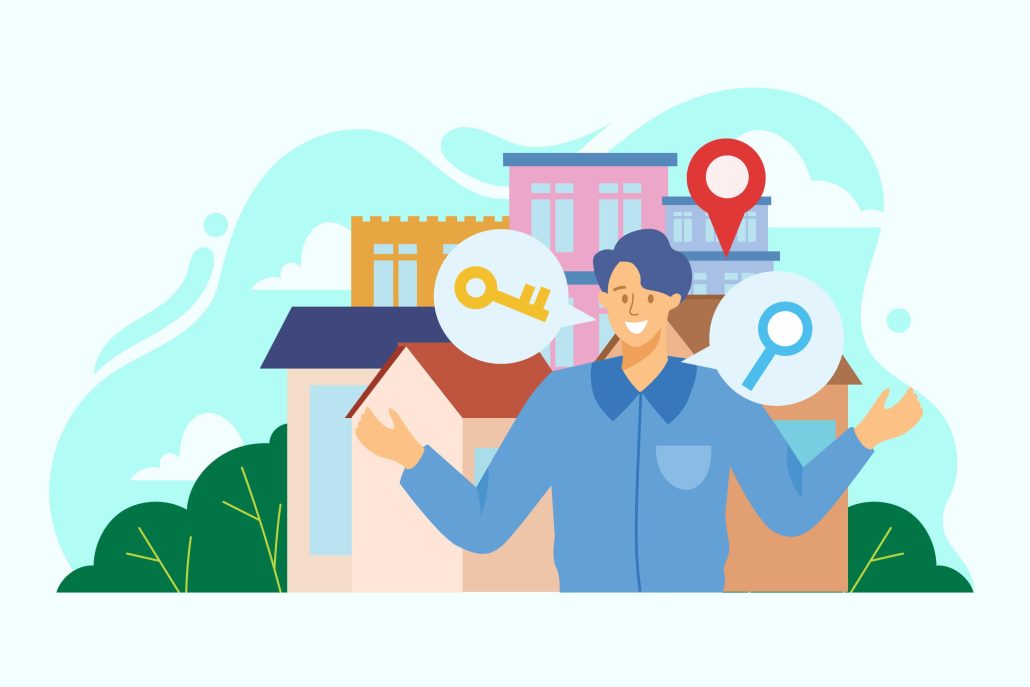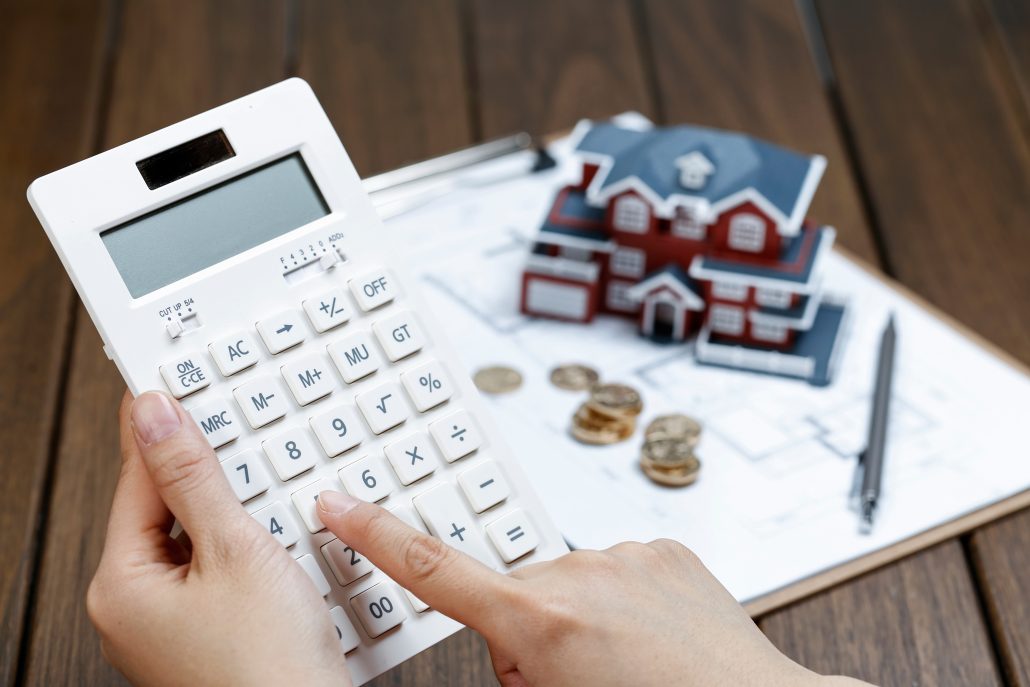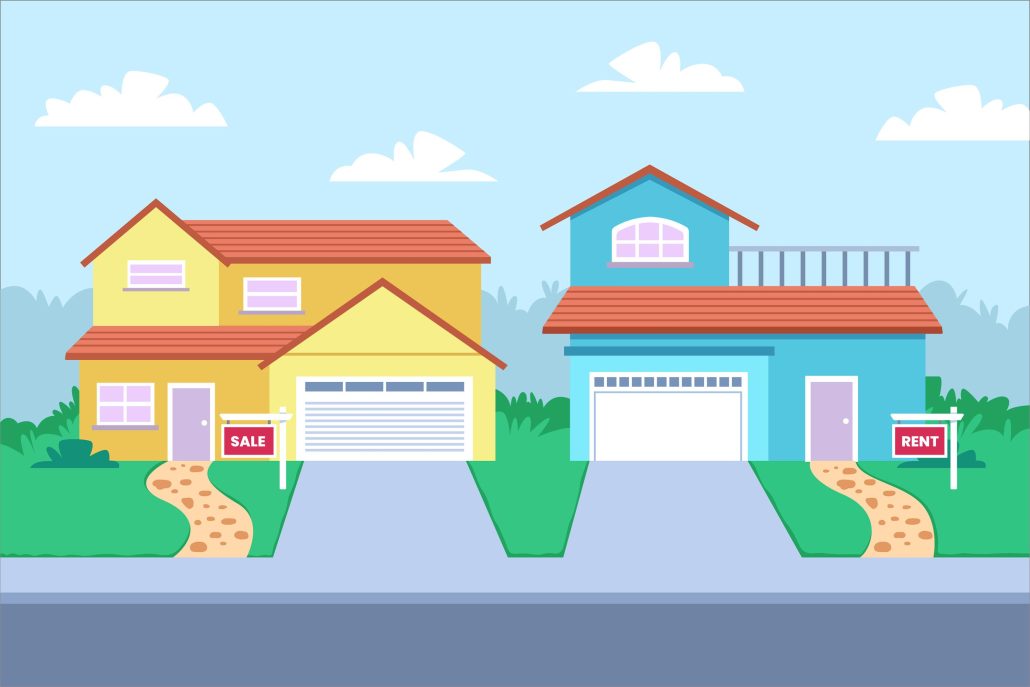
You might be familiar with the terms freehold and leasehold. But do you know what these terms actually entail? In this article, we’ll break these down for you.
What are the types of home ownership in Singapore?
There are two different types of home ownership – freehold and leasehold. Owners of freehold property have full ownership of the land for an indefinite period of time. This means that you will be able to pass down your property to the next generation. On the other hand, owning a leasehold property means that you are only leasing the property for a certain number of years. This can be 99-years, or 999-years. After which, the property will be reverted back to state. It is not surprising that homebuyers would prefer freehold property in Singapore, given Singapore’s land scarcity. However, this would also mean that freehold properties are a lot more expensive than leasehold ones. Here’s an interesting fact for you – In Singapore, leasehold properties with a 999-year tenure are actually considered freehold properties! This is because the difference in value between a freehold and a 999-year property is almost negligible.
What are some differences between freehold and leasehold property?
1. Land Ownership Value
Singapore faces the problem of land scarcity. Thus, in a land-scarce Singapore, it is more valuable to own a freehold property, as it will not be “taken away” by the state after their lease tenure expires. This is seen as a great benefit for many, as this would mean that families would be able to pass on their property to the next generations, continuing their legacy. Ownership of leasehold properties would revert back to the government after lease expiry.
2. Upfront Cost of Property

Leasehold Property generally has lower upfront costs of approximately 15% to 20%, compared to freehold ones. This is a large sum of money, especially for those who are looking at purchasing their first private property. Of course, this will vary according to the property’s location, amenities, and size, amongst others. However, a freehold property usually costs more. The increasing interest rates and borrowing costs also translate to higher financial commitments and higher barriers to entry that potential buyers have to face.
However, leasehold properties are also subject to building and maintenance fees ranging from $300 to $700 per month. The maintenance fees include the provision of services such as cleaning, upkeep of common areas, and security. In addition, additional costs such as land rent and stamp duty also apply for leasehold properties.
3. Rental Yield and Resale Value

The rental yield is the annual rental income divided by the total cost of the property. As freehold property tends to cost more than leasehold ones, it is likely that your rental yield for leasehold properties will be higher.
If you are thinking of investing and renting out your property, there won’t be much difference between a freehold or leasehold property, as tenants will not be bothered by the lease of the property. Property in the same area often yields the same rental prices. More importantly, tenants decide on a property based on many other factors, some of which include amenities, price, location, and proximity to public transport. So, leasehold property might be the one for you if you are only thinking about renting. These higher yields also help to compensate for the depreciation of a leasehold property.
4. Loan Restrictions
Owners of leasehold property often face more trouble and restrictions in using their CPF or getting loans. Banks are more reluctant to lend money for leasehold properties, especially if the remaining lease is coming to an end. Private properties can only be financed by bank loans, with a downpayment of 25%. Of which, 5% has to be paid in cash.
Regarding CPF usage, the total amount of CPF that can be used depends on the extent of the remaining lease of the property which can cover the youngest buyer to the age of 95. According to the Ministry of Manpower and National Development (MND), if the remaining lease at the point of purchase is at least 20 years, and can cover the youngest buyer until at least the age of 95, the buyer will be able to use CPF to pay for the property, up to the Valuation Limit. However, if the buyer fails to meet the requirements above, the use of CPF will be pro-rated.
Do note that if you are looking at purchasing a property that has less than 20 years left on its tenure, you will not be allowed to use CPF at all.
5. En Bloc Rewards
Generally, freehold properties fetch higher en bloc sale prices compared to leasehold ones. Given the low supply of freehold land in Singapore, it would undoubtedly be valued at a significantly higher price. To make this easy to understand, imagine 2 properties – one freehold and another leasehold property being put up for en bloc sales. Owners of the freehold land are in essence giving up the valuable land that they own for life, compared to the leasehold property owner, whose property eventually be returned to the state. In addition, leasehold properties are subject to depreciation in value. This is not the case for freehold land. Considering the amount a freehold owner has to give up, they will naturally have more bargaining power.
However, this is not always the case. Zoning laws, nearby amenities, and the economy may affect en bloc prices as well. For example, if the laws state that the freehold development cannot be replaced by a condo of the same height, owners will have no choice but to comply with lower en bloc prices. Chuan Park, a leasehold property located in District 19, is one of Singapore’s biggest collective sale deals for this cycle, at $890 million. Owners of the 444 homes stand to receive gross proceeds of about $1.16 million for a 710 sq ft unit, and up to $2.53 million for a 2,045 sq ft unit. Of the two commercial units, the 474 sq ft unit will receive $1.09 million, and the 1,238 sq ft unit, $2 million.
Want to find the best mortgage rate in town? Check out our free comparison service to learn more!
Read more of our posts below!

